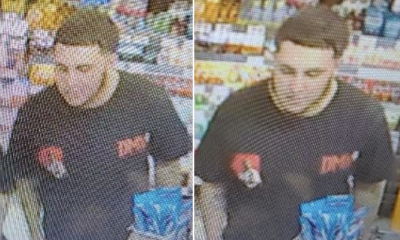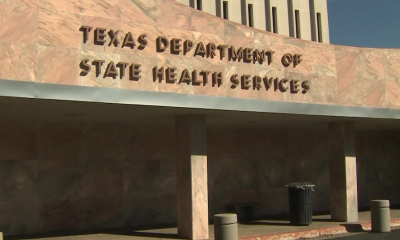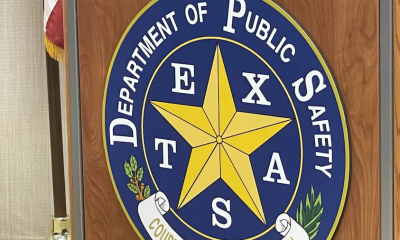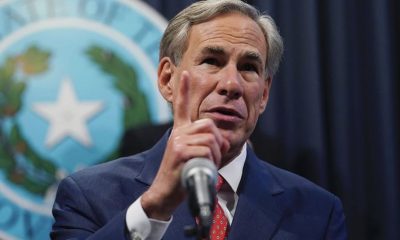Lifestyle
Food banks may be short of food due to increasing needs and federal funding cuts
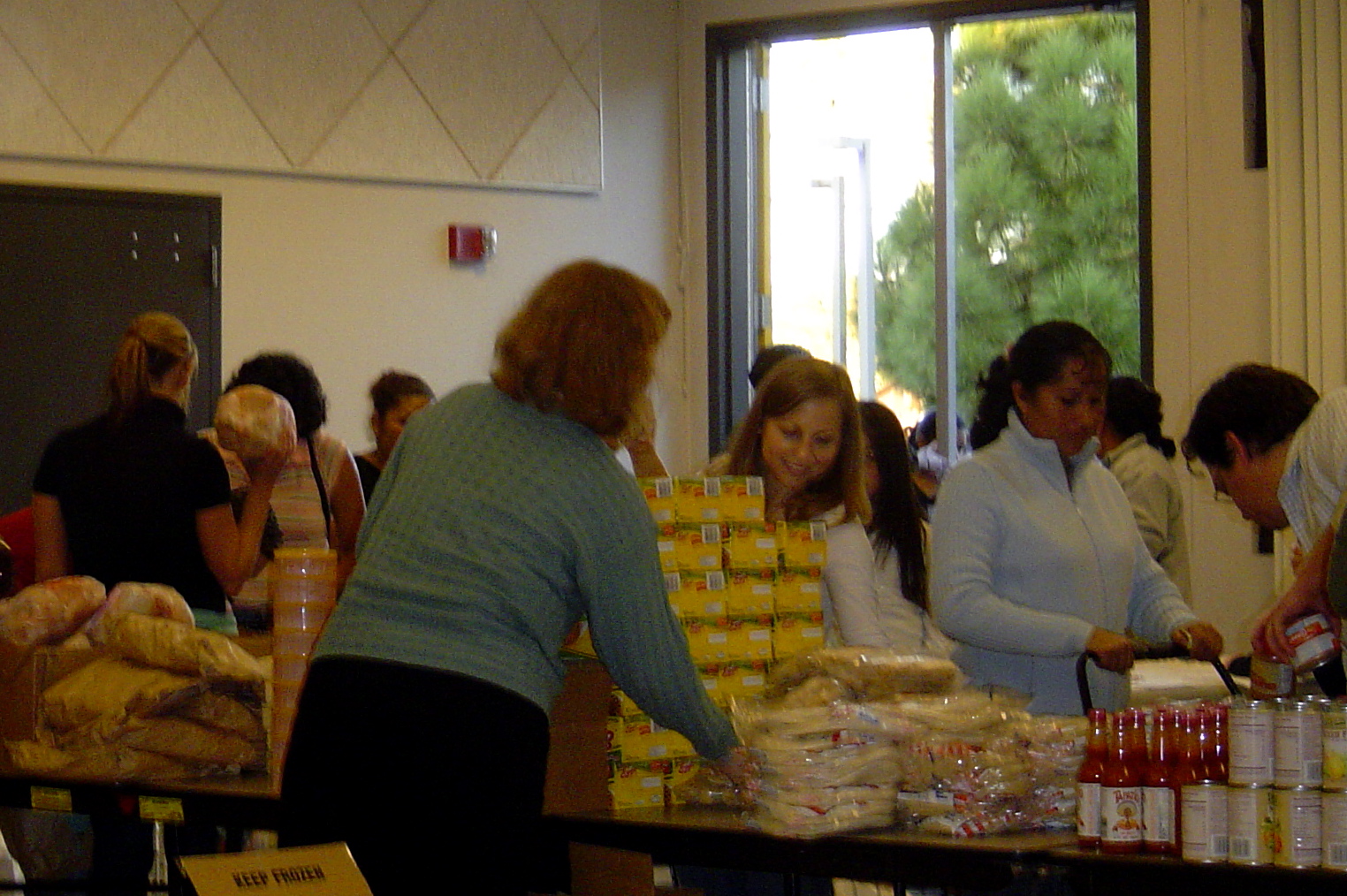
PLANO, TX — The looming expiration of federal aid threatens to put crucial resources in jeopardy as food banks across the country try to meet unprecedented needs.
According to Feeding America, a nonprofit network of food banks, about one in nine people struggle with hunger in the United States. The nonprofit estimates that the number has grown to one in six Americans, during the coronavirus pandemic, and more people are seeking help.
Four out of five food banks nationwide are serving more people now than they did a year ago. Now, staffers are left to find new ways to keep shelves stocked.
At least 100 million pounds of food have come and gone from the North Texas Food Bank in Plano, Texas this year alone. Employees said if this pandemic continues much longer, about 20 million pounds could be on the chopping block in 2021.
For many food banks, it all starts in a massive warehouse, with shelves sky-high filled with the canned goods and produce that eventually make their way into the hands and trunks of people like Annie Walker.
“They ask me where I get these boxes of apples and oranges from, and I say North Texas Food Bank,” Walker said.
Dr. Valerie Hawthorne, North Texas Food Bank’s director of government, said the pandemic changed everything — from a dwindling volunteer and donation base to the number of Texans they serve.
“This is actually is a disaster distribution; this is a mobile way to get a lot of food into as many cars as possible in a safe way,” said Hawthorne.
Before COVID-19, they would dish out about 30 million pounds of food a year; in 2020, it’s 100 million.
“To put the finances of that, we are spending about $3 to 4 million a month to purchase food. Last year we spent $5 million in total,” Hawthorne explained.
Part of their swelling supply is made possible through two United States Department of Agriculture programs that are sunsetting with no signs of renewal — the Food Purchase and Distribution Program and the Farmers to Families Food Boxes program — which expires Dec. 31 as part of the CARES Act.
“We’re hoping for some type of boost or reauthorization of any of these policies that would help us get more food out to the community,” Hawthorne said. “We haven’t seen that, but in the new stimulus bill that still hasn’t been signed, there are some provisions in there that will help food banks but we’re still going to have a gap left over from the ending of these programs.”
That will come in the form of 20 million pounds of food — or 18 million meals — for the Dallas-area organization. A gap that food banks in every corner of the country will face in some capacity.
According to Feeding America, food banks nationwide have distributed more than 4 billion meals since the start of the pandemic. That’s enough to feed every American breakfast, lunch and dinner for just over four days. Due to COVID-19, about 50 million people are facing food insecurity.
The lines for food have never been longer; for North Texas Food Bank, 40% of the vehicles they see are visiting for the first time.
“If you look at the type of cars that come through the food line, they don’t add up with people who need food,” said Pastor Oscar Epps of the Community Missionary Baptist Church.
Epps opened his church lot to help feed locals — a new form of ministry. People who have never had to ask for help are now waiting patiently for their cardboard box.
“When you hear the stories, the higher up you are in a company the quicker you are out the door in that same company — and it’s people like that who you’re helping,” Epps said.
“It means a lots to you because you don’t have what everybody else have,” Walker said.
Food banks are hungry for a speedy signature on the stimulus bill and from the incoming President-elect Joe Biden administration and employees like Hawthorne.
“There are established programs out there that function and they’re great for food bankers, and we just don’t need any new ideas infused into this. We just need the resources to be put into programs that already exist,” Hawthorne said.



